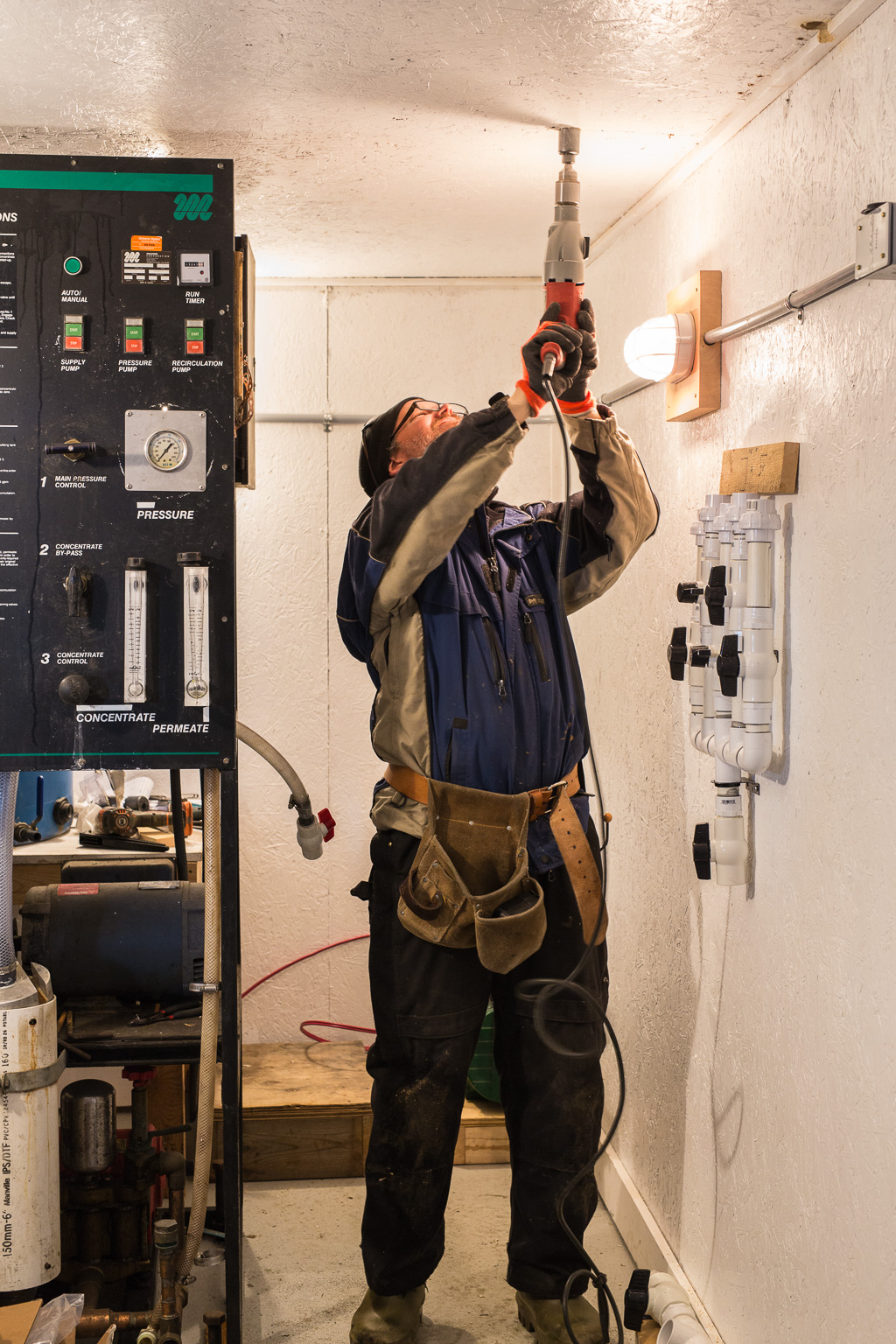Once upon a time, maple syrup producers would have collected their sap and, one way or another, delivered it straight to the evaporator. Not any more. As with most areas of life, maple syrup production has leveraged technology to make the process more efficient. In this instance, that technology is reverse osmosis. Most modern producers have introduced reverse osmosis as an intermediate step along the way.
The primary object of maple syrup production is to take tree sap with a low concentration of sugar and turn it into syrup with a high concentration of sugar. As with wine, the sugar concentration is measured as degrees Brix (ºBx). Because I was never any good at high school chemistry and don’t understand the technical explanation of what this means, I prefer to use the rule of thumb that 1 degree Brix represents a 1% solution of sugar. Sap straight out of the tree has a concentration of between 1.5% and 3.5% sugar depending on a variety of factors like the health of the trees and the number of leaves in the crown. To qualify as maple syrup, a producer has to up the concentration to 66 Brix or 66% sugar by volume. Traditionally, that meant running the sap through an evaporator to boil off most of the water. Now, reverse osmosis gives the evaporator a head start.
The big advantage of reverse osmosis is that it reduces the boiling time in the evaporator. If you double the concentration of sap from 2% to 4%, you halve the boiling time. In a process which is time sensitive, that saving can make all the difference.
There is an ongoing debate about flavour. Detractors suggest that reverse osmosis makes the syrup taste “processed.” In fairness, that criticism applies to high-Brix sap i.e. reverse osmosis that produces a high sugar concentration so that it only takes a few minutes in the evaporator to produce the syrup. For those who go more gently, the results are virtually indistinguishable. Some argue that the key to true maple syrup flavour is exposure to wood smoke; as long as the sap is in the evaporator for a reasonable length of time, it won’t matter that it arrived there via reverse osmosis. It reminds me of the debate around Islay single malt whisky and the origin of its peaty flavour. In the end, you have to let your taste buds be your guide. That, at least, is my humble opinion.
In the image above, we see two 10,000 litre tanks for holding sap. In the image below, we see John Williams installing a reverse osmosis machine. He is drilling a hole through the ceiling directly underneath the two 10,000 litre tanks.

